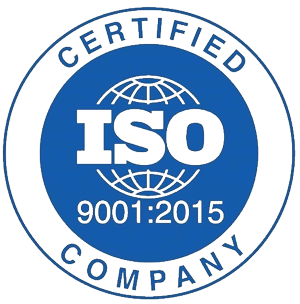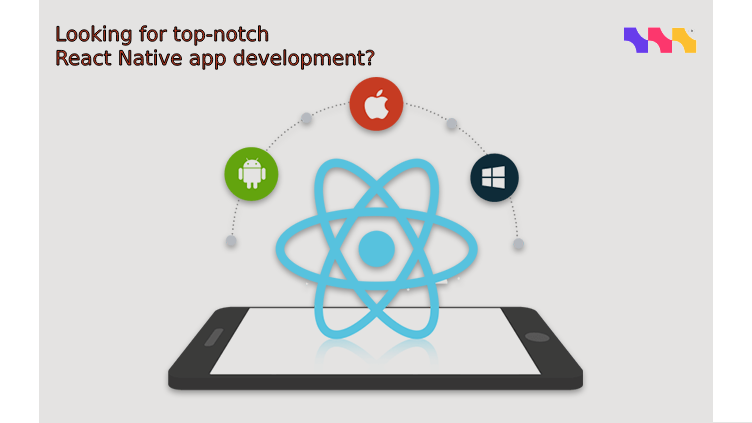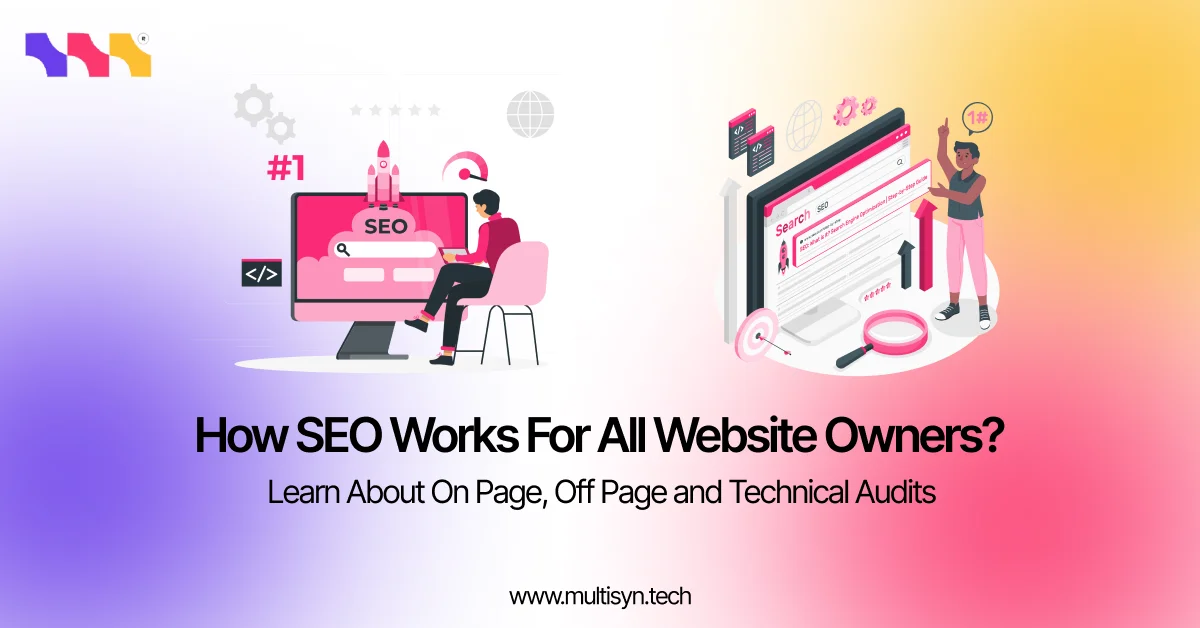
Multisyn Tech Pakistan’s premier software development firm delivers rapid MVP development, high‑performance web and mobile apps, cloud‑native SaaS products, and scalable custom software. Our agile teams validate, build, and optimize your idea fast with expert UI/UX, QA, and DevOps, so you launch sooner and grow faster.
Introduction
In this guide, you will find out how to develop a next-gen transport and TMS app in 2025, how to guarantee the ROI of the done work, and what real-life examples of such applications are.
The transportation sector has been revolutionized over the past few years. The transportation app development is an area that has gained importance, mainly due to the advent of e-commerce, global supply chains, and the need for real-time tracking. It can be assumed that by the year 2025, transportation and transportation management system (TMS) applications will be significantly improved, having better artificial intelligence (AI), real-time data analysis, and user-oriented functions.
We will guide you through the main stages of developing a next-gen transport and TMS app in this extensive guide and dwell upon AI-driven functions, real-life applications of AI and other technologies, ROI, and budgeting concerns in 2025.
What is a Transportation Management System (TMS) App?
A transportation management system (TMS) application is a form of software that tries to assist businesses with maximizing transportation and logistics. Running deliveries, tracking shipments, analyzing route efficiency, and other complicated jobs in transportation management are made simpler with TMS apps. They provide the necessary features, including:
- Route optimization
- Fleet management
- On-the-spot tracking and monitoring
- Plan budgets and costs
- Third-party logistics integration (3PL) providers
A TMS app developed nowadays not only provides tracking capabilities, but it is a highly flexible, AI-enabled technology that can help businesses to automate their processes and cut down their costs considerably.
Key Features of a Next-Gen Transport App in 2025
The technology behind the transportation apps is also transforming with the increase in demand for transportation apps. The following are a few of the main characteristics that the next-generation transportation apps will have in 2025:
1. Artificial Intelligence-based Route Optimization
Machine learning (ML) algorithms and AI will significantly contribute to the flow of routes. Using historic traffic patterns, weather forecasts, and live data, AI-driven applications can propose optimal routes to drivers. This will save so much time on delivery, cost of fuel, and environmental degradation.
2. Google Maps
One fundamental feature that will stick around in 2025 is real-time GPS tracking. Nevertheless, new developments in GPS and AI will enable the apps to give you more detailed information like current traffic conditions, the estimated time of arrival (ETA), and even tracking of the driving behavior.
3. Automated Fleet Management
In a next-gen TMS application, fleet management will be automated utilizing AI. Examining vehicle performance data, apps can perform preventive maintenance, adjust fleet size, and even tell app users when a vehicle needs to be serviced, enhancing visibility within the fleet and minimizing idle time.
4. Business Insights, Predictive Analytics
Enterprises will be able to make decisions based on data through the use of predictive analytics. A TMS app is able to examine a company's past data delivery and to predict the need, find the optimum route, and aid businesses in changing their transportation plans according to real-world elements as demand overloads, fuel costs, and weather conditions.
5. Transparency and Security by Blockchain
The technology of blockchain may make transaction logistics transparent to enhance trust among the shippers, carriers, and customers. It may be applied to trace shipments and manage the payment procedures without any fraud or mistakes.
6. Mobile Experience centered on the user
The user experience will be one of the priorities of next-gen transportation apps. Mobile interfaces will be user-friendly to the drivers, the dispatchers, and even the customers. Seamless payment and push notifications, as well as in-app messaging, will help make the process smooth.
Steps to Build a Next-Gen Transport & TMS App
1. Establish Your Goals and Aspects
However, it is vital to plan your intentions and determine what your app is going to have before you run into development. This is knowing what your target audience is looking to get, which could be business efficiency in logistics, customers to get the updated information in real time, or optimized routes for drivers.
2. Pick a Technology Stack
Your technology stack can become a key to the performance of your app. The following are necessary ingredients when developing a next-gen TMS app:
- Frontend: React Native or Flutter to be cross-platform.
- Backend: Python, Node.js, or Java to undertake data processing on a large scale, as well as the incorporation of AI.
- Databases: Managing a logistics database using PostgreSQL or MongoDB.
- Cloud infrastructure: AWS or Google Cloud due to scalability and security reasons.
3. Combine AI and Machine Learning
The next-gen TMS apps are centered on the use of AI and machine learning. Add AI algorithms of predictive analytics, real-time tracking, and route optimization. Another way that you can utilize ML models is to study driver behavior and to optimize fuel consumption.
4. Collaborate Real-time Data Integration
Successful transportation management presupposes the use of real-time information. Include data feeds like GPS, traffic, weather, and delivery into the app so that it does not miss providing live updates. Make sure that your app can work with such data streams, receive them, and present them in an easy-to-read form.
5. Block scale and Payment Integration
The technology of blockchain is transforming the transport and logistics industry, and it makes transactions safe, transparent, and traceable. The features of the blockchain technology to track shipments, manage their payments, and protect information can bring enormous value to your app.
Cost of Developing a Transport App in 2025
The expenses to develop a next-gen transportation app will be different according to many parameters; these are the complexity of functions, technology heap, and development team location. The budget to create a transportation management app is on average between 50,000 and 200,000 and above, and its distribution is as follows:
- Basic App (Core Features): $50 000 to $80 000
- Mid-Level App (AI & Route Optimization): $80,000 to $120,000
- Full AI, Blockchain, Real Time Data, and High-End App: $120,000 - $200,000+
Maintenance, updates, and server hosting charges may also be extra expenses.
Real-World Case Studies: Successful Transport App Development
CTC Go App: A Success Story
One of the most famous transportation apps, CTC Go, provides AI services that help to optimize the delivery trucks' routes. The application also includes real-time monitoring and forecasting analysis of fuel consumption and on-time deliveries. With the introduction of the features, CTC Go also gained a 20 percent jump in its operational performance and a 15 percent reduction in fuel costs.
Uber Freight: Optimizing the Freight Industry
Uber Freight is an easy-to-use service that puts truck drivers in contact with shippers. The application uses AI to perform real-time pricing as well as route optimization. Using machine learning models, Uber Freight can forecast demand patterns and provide dynamic pricing. Subsequently, this has led Uber Freight to reduce its levels of inefficiency, besides increasing its satisfaction rate among drivers by 30% since implementing AI-driven features.
How to Measure ROI in Transport App Development?
To consider the effectiveness of a transport app, it is necessary to evaluate its return on investment (ROI). These are some of the metrics that should be followed:
- Operation Performance: Quantify the various measures of performance, including improvements in the time of delivery, fuel usage, and vehicle upkeep.
- Cost Savings: Monitor the savings on things such as fuel expenses, maintenance, and labor.
- Customer Satisfaction: See how fast your customers have received their shipments and track their satisfaction in real time.
- Revenue Growth: Examining the roles of the app in bringing new customers and increasing revenues in general.
After studying these factors, you will be able to define the success of your app and its ROI.
Why You Should Invest in Transportation App Development?
As the sphere of transport app development services, investing in a transportation application can be an excellent move:
- Operational Efficiency: Transformation of operations can make both time and cost savings through automation of processes along with optimization of routing.
- Scalability: A developed TMS app can grow with your business to support more fleets and the increase in the number of shipments as your business expands.
- Customer Trust: Customers will be more loyal and even happier with their business by providing them with virtual access and open logistics.
- Competitive Advantage: To stay ahead of the competition, provide innovative solutions using integrated AI route optimization, real-time location tracking, and blockchain use.
Conclusion
By 2025, transportation apps will no longer be a means of more logical management of delivery and transport, but a foundation of any effective transportation business that is built on data. Due to the combination of AI, machine learning, real-time data, and blockchain, you can create the next-gen transport app bringing previously unseen value to your customers and improving operational efficiency.
When you are prepared to advance your transportation business, Multisyn Tech is at your service to create a transportation app of the highest quality and implement it in your industry. Contact us to get the help of experts and stay relevant in the future.
FIND US:
Multisyn Tech Pakistan’s premier software development firm delivers rapid MVP development, high‑performance web and mobile apps, cloud‑native SaaS products, and scalable custom software. Our agile teams validate, build, and optimize your idea fast with expert UI/UX, QA, and DevOps, so you launch sooner and grow faster.
Related Blogs

© 2025 MULTISYN TECH



